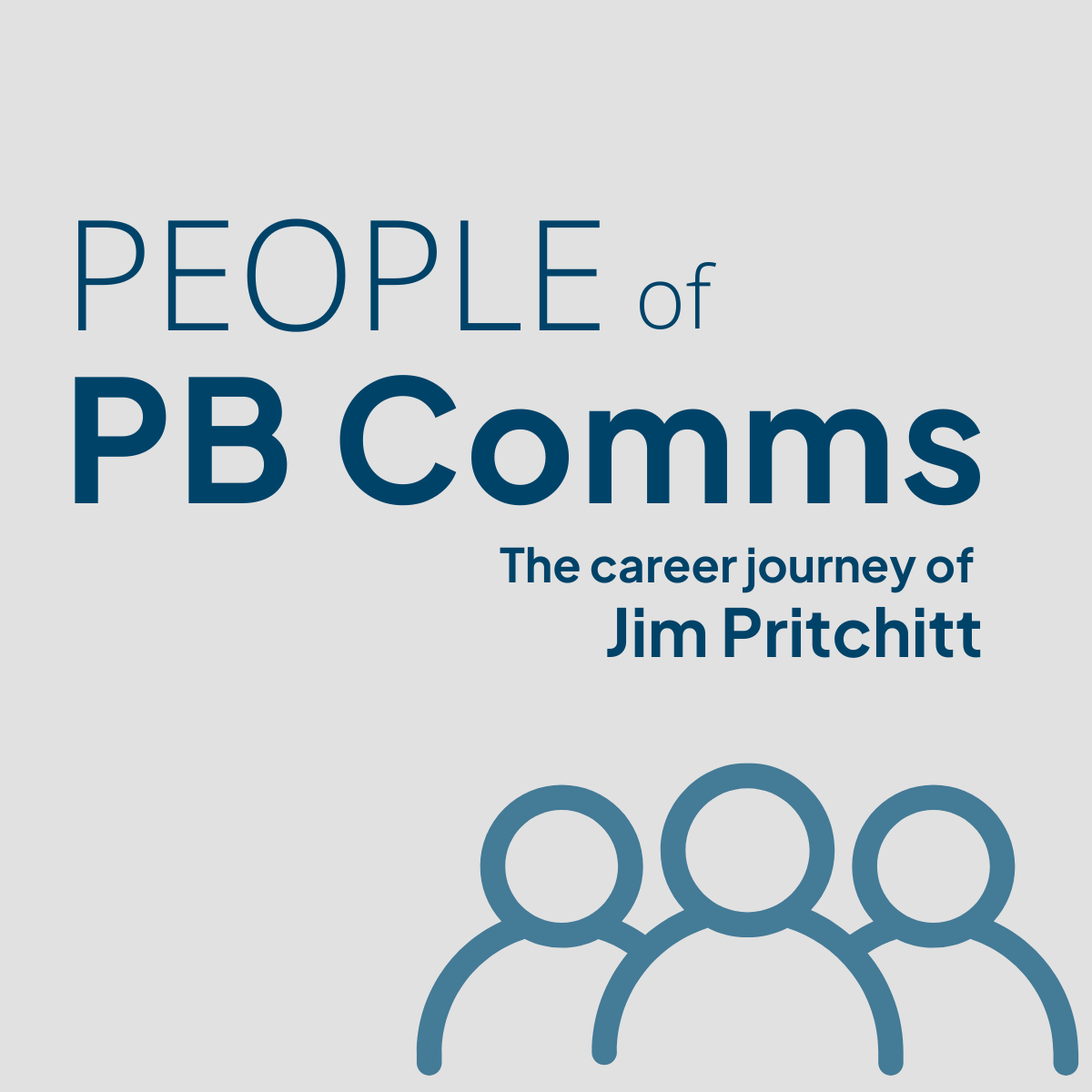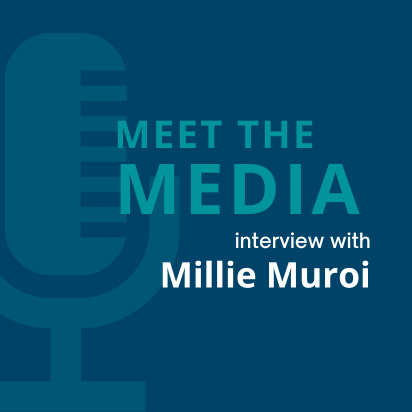An article in last week’s Sydney Morning Herald quoted Instagram executive Kristie Dash as saying that there is little evidence that sponsored posts don’t perform as well as regular post.
We’re a little sceptical.
To us the key element that adds significantly to the credibility and influence of messages is third party endorsement. If someone else says your opinion is worth listening to or sharing, it increases impact and credibility dramatically.
Surely opinions are devalued if others know they are paid for?
To be seen as an influencer – or in financial services terms, a thought leader – several elements are needed.
What makes a thought leader?
There are various techniques to influence others that encompass just about all the tools public relations has available. But at the end of the day it’s about developing persuasive content and selecting the best delivery method to add credibility, build a profile, and reach desired audiences.
After all, there’s a lot more to becoming a thought-leader than simply stating that you are a thought-leader, or placing paid content to air your thoughts. If others aren’t saying it as well, then it's all in your mind.
While social media can play a big role in influencing people and reinforcing messages, unless you have followers or contacts that number in the tens or hundreds of thousands, it needs to be used in conjunction with other methods.
For example, an op-ed in a metropolitan or national newspaper or a TV or radio interview has the potential to reach thousands of readers.
A release that enhances a person’s thought-leadership position and gets picked up in a variety of media, will reach multiples of this.
Few in financial services in Australia using social media are likely to have anywhere near the number of followers spruiked by some social media influencers (whether or not they are exaggerated) unless they include client contact through email and other methods of distribution. Even then, unless messages have impact, clients may not bother to read them or spread the word to new audiences.
There’s no doubt using social media to expand reach is a big help, but it’s still critical to have a mixture of media and platforms, as well as other activities that can lead to contact, coverage and posts.
Credibility is key
With editorial in traditional media, this credibility is almost an automatic by-product. A journalist thinks your view is worth quoting or reporting on air or in print. An editor thinks your article is worth publishing. In the same way, a social media follower has to think your content is worth sharing, or an attendee thinks part of your presentation worth repeating. “Likes” alone won’t do it.
Cutting through the noise on social media takes skill. Getting others to view your video or read your blog is difficult enough. Getting them to forward to their own friends or followers to increase viewings and influence is an extra challenge. You need a plethora of likes, comments and forwards to get anywhere close to “going viral”.
For most people, blogs on their own platforms don’t achieve breakthrough. Too many of these and other posts are simply self-promotion and unfettered boasting. Which gets tiring and boring. And even if your blogs are interesting, who are the people looking at them? Often, it’s mainly people who already know you and your point of view.


















